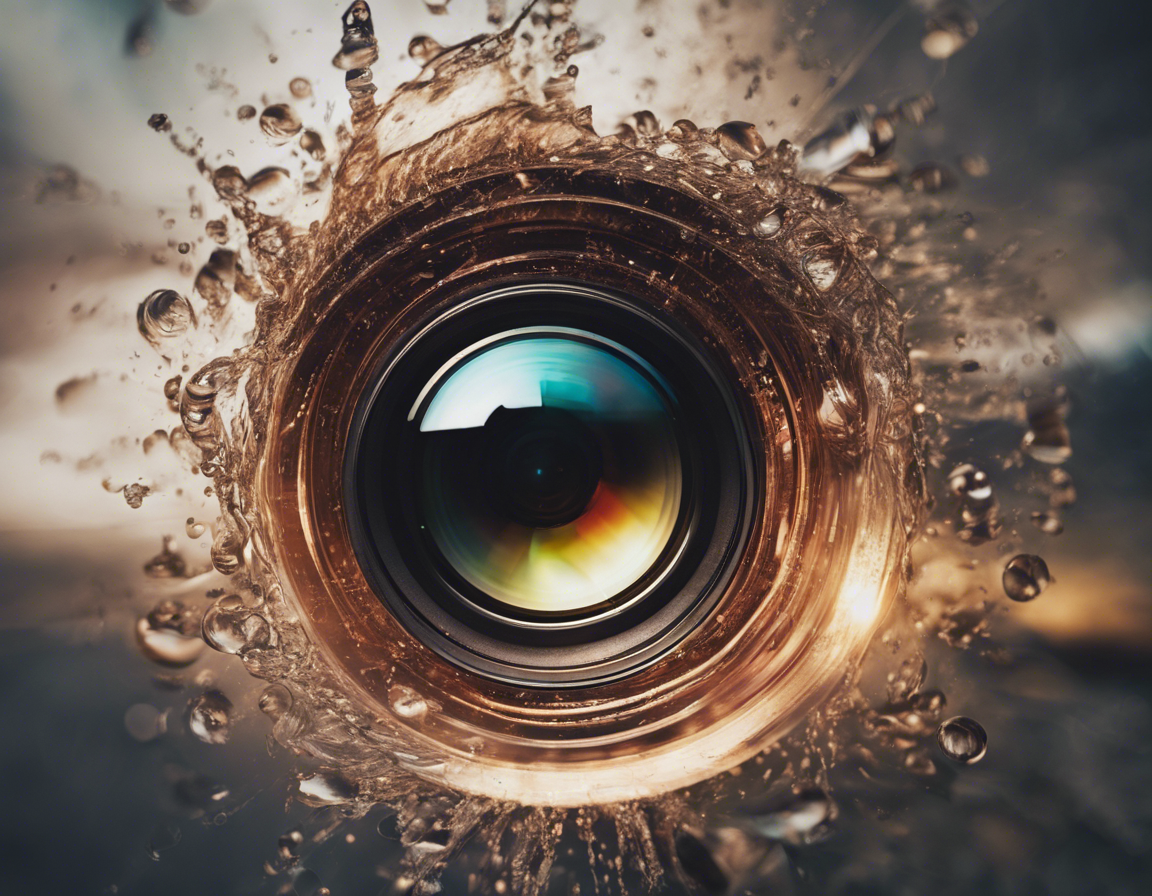The concept of lenses is fundamental in the field of optics and plays a crucial role in various optical devices, from eyeglasses to microscopes and cameras. A lens is a transparent optical device with two curved surfaces that refract light, causing it to converge or diverge. In this comprehensive guide, we will delve into the intricate details of lenses, discussing their types, properties, applications, and how they work in conjunction with other optical elements.
Types of Lenses
Lenses can be broadly classified into two main types: convex and concave lenses.
-
Convex Lenses: Also known as converging lenses, these lenses are thicker at the center than at the edges. They cause light rays passing through them to converge at a point, known as the focal point.
-
Concave Lenses: Also known as diverging lenses, these lenses are thinner at the center than at the edges. They cause light rays passing through them to diverge as if coming from a focal point.
Properties of Lenses
Lenses possess several important properties that define their behavior and performance:
-
Focal Length: The focal length of a lens is the distance between the lens and its focal point. It determines the lens’s ability to converge or diverge light.
-
Lens Equation: The lens equation, 1/f = 1/v + 1/u, relates the object distance (u), image distance (v), and focal length (f) of a lens.
-
Lens Power: The power of a lens, measured in diopters (D), is the reciprocal of its focal length in meters. It indicates the lens’s ability to bend light rays.
-
Magnification: Lenses can magnify or reduce the size of objects. The magnification produced by a lens is determined by the ratio of the image distance to the object distance.
How Lenses Work
When light passes through a lens, it undergoes refraction at each surface, causing the light rays to converge or diverge based on the lens type and curvature. Convex lenses focus light rays to a point, forming real or virtual images, while concave lenses cause light rays to diverge, producing only virtual images.
Lenses are integral components of optical instruments such as cameras and microscopes. In a camera, lenses focus light onto the camera sensor, forming a sharp image. Similarly, in microscopes, lenses magnify tiny objects for detailed observation.
Lens Aberrations
Despite their advantages, lenses are prone to aberrations that can distort images. Common types of aberrations include:
- Chromatic Aberration: Caused by the dispersion of light, leading to color fringing.
- Spherical Aberration: Results from the spherical shape of lenses, causing blurring of images.
- Coma: Causes comet-shaped distortion of light rays away from the optical axis.
- Astigmatism: Distorts images in multiple directions, leading to unclear vision.
Optical designers use various techniques such as using multiple lenses, using aspherical lenses, and applying lens coatings to minimize aberrations and improve image quality.
Applications of Lenses
Lenses find application in a wide range of fields, including:
- Photography: Lenses in cameras help capture clear and sharp images.
- Medical Imaging: Lenses in endoscopes and medical instruments aid in diagnosing and treating medical conditions.
- Telescopes: Lenses in telescopes gather and focus light from distant celestial objects for observation.
- Eyeglasses: Lenses in eyeglasses correct vision problems such as myopia and hyperopia.
- Projectors: Lenses in projectors help project images onto screens or surfaces.
Frequently Asked Questions (FAQs)
- What is the difference between a convex and a concave lens?
-
A convex lens converges light rays to a focal point, while a concave lens causes light rays to diverge.
-
How is the focal length of a lens related to its power?
-
The power of a lens is the reciprocal of its focal length in meters, measured in diopters.
-
How do lenses correct vision problems?
-
Lenses in eyeglasses compensate for refractive errors in the eye, such as myopia (nearsightedness) or hyperopia (farsightedness).
-
What causes lens aberrations, and how can they be minimized?
-
Lens aberrations result from imperfections in lens design or material. They can be reduced by using multiple lenses, aspherical lenses, and coatings.
-
Can lenses be used to magnify objects infinitely?
- No, there are limits to how much lenses can magnify objects due to factors such as diffraction and lens design.
In conclusion, lenses are invaluable optical components with diverse applications and properties. Understanding the intricacies of lenses is essential for designing advanced optical systems and devices that rely on precise light manipulation. By comprehending the behavior of lenses and addressing potential aberrations, optical engineers and researchers continue to push the boundaries of modern optics, contributing to advancements in imaging, communication, and scientific exploration.


